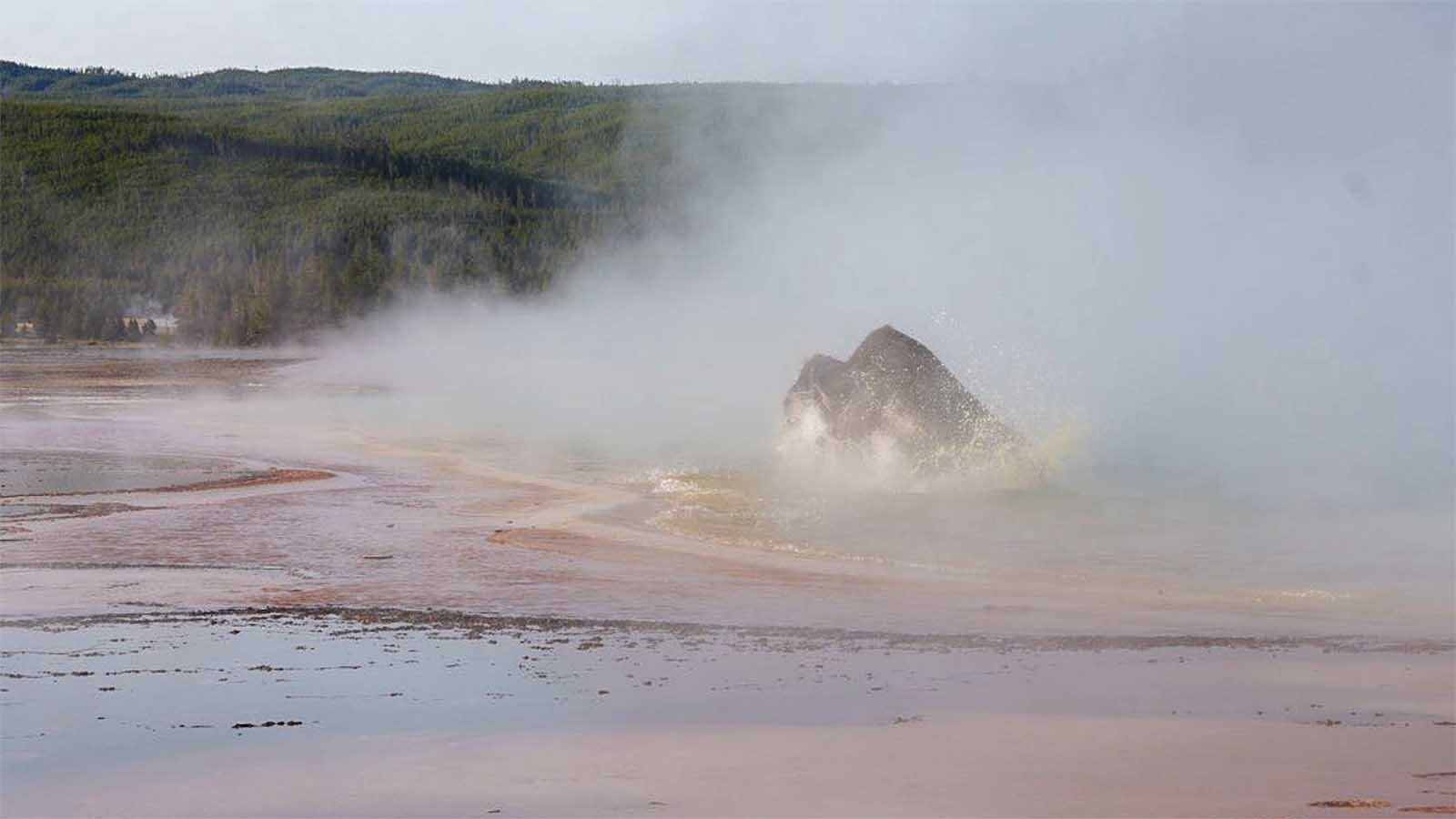Yellowstone National Park is a natural wonder — but most people don’t realize it is also a rich source of an enzyme that is now helping to solve medical mysteries and treat rare genetic diseases.
Back in 1966, a young undergraduate student from Indiana University’s honors program named Hudson Freeze was sent to Yellowstone National Park to do research on its thermal pools. What he found there ended up being the key to unlocking DNA codes and allowing genetic research to jump years ahead.
“We would go up to Mushroom Spring and take different samples and do experiments, and then come back to the lab (a little house in West Yellowstone we had rented) and analyze it,” said Dr. Freeze, who is now the director at the Sanford Children’s Health Research Center and the director of the center’s Human Genetics Program.
“When I returned to Indiana with water samples from the spring, every day I would take a drop of that water and put it on a microscope slide,” Freeze recalled. “I didn’t see anything for a very long time, several days. And then one day, I picked up one of the spring samples and put that on the microscope slide. And I saw all these worms, these long strands of bacteria hanging around inside. And it was quite a shock to see.
“And I think the really important thing that I realized, and I think it’s what motivates a lot of people in science, is that I knew I was the first person in the world to ever see this,” he continued. “Nobody else had. I still get goosebumps. You just realize that God has given you the permission to see what’s on the other side.”
What was “on the other side” revolutionized medical research on the microscopic level. Freeze’s discovery (which he and Dr. Thomas Brock named Thermus Aquaticus) was a unique enzyme that was sent to the American Type Culture Collection (ATCC), a nonprofit organization that acts as a repository, storing and categorizing microbial cell organisms that can be accessed by any research facility.
American biochemist Kary Mullis used that particular enzyme in the late 1980s to invent and optimize the process by which DNA samples are duplicated or “amplified” to provide enough material for an accurate test. The development won Mullis the Nobel Prize in chemistry in 1993.
“You can use PCR to amplify DNA from around the world,” Freeze said. “And I can absolutely guarantee every biotech company, every pharma company, almost every biological lab in the world is using this.”
Freeze pointed out that once somebody was able to multiply a small segment of DNA a billion times, suddenly the idea of looking at everybody’s DNA became possible.
“If you have an idea, as a physician, as a scientist, that a patient may have a rare disease, but you don’t know what it is, you can take their DNA and amplify it using PCR,” Freeze said. “And then using other sophisticated methods, you can find that specific tiny piece of DNA that is mutated, which results in the dysfunction. Then you might be able to fix the dysfunction in a cell, and maybe the patient, by doing some kind of therapy.”
Freeze explained that there are some 7,000 rare diseases that have been catalogued worldwide, and approximately 80% of those are inherited. And only about 10% of those can be treated at this point – which is why Freeze and his colleagues will continue to work to find treatments and maybe even cures.





